Fiat
Br.20M

The
Fiat
BR.20 Cicogna (Italian: "stork") was a low-wing twin-engine medium
bomber produced from mid-1930s until the end of World War II. When it
entered service in 1936 it was the first all-metal Italian
bomber and it was regarded as one of the most modern medium
bomber
of the world. It had its baptism of fire in summer 1937, with
Aviazione
Legionaria, during the Spanish Civil War, when it formed the backbone
of Nationalist bombing operations along with the Heinkel He 111. It
was
then used successfully by Japanese during the Second Sino-Japanese
War.
When Italy entered war in 1940, the BR.20 was the standard medium
bomber of Regia Aeronautica (Italian Air Force) but it was already
showing its age. By 1942, it was mostly used for maritime patrol and
operational training for bomber crews. More than 500 were produced
before the end of the war.
It
was against the British on the Channel that for the very first time
the
BR.20 showed its limitations. On 10 September 1940, the Corpo
Aereo Italiano was
formed,
with 13° and 43° Stormi equipped with 80 brand-new BR.20Ms, to
fight in the Battle of Britain. During the ferry operation from Italy
to their bases in Belgium, five aircraft crash-landed for technical
failures and a further 17 were forced to land en route due to poor
visibility. On the night of 24 October, the 13° and 43° took
off for their first bombing mission, on Harwich, with eight BR.20s
each. A plane crashed taking off, because of engine failure, while two
more got lost on their return, failing to find their airfield and
their
crews bailing out. On 29 October, 15 aircraft of 43° Stormo bombed
Ramsgate, in daylight, with no loss. In a famous battle on 11
November,
a formation of 10 BR.20s from 43° Stormo, escorted by Fiat CR.42
biplane fighters on a daylight raid on Harwich. It was intercepted by
Royal Air Force Hurricanes. Despite the escort, three bombers were
downed (together with three CR.42s) and three more damaged, with no
loss to the Hurricanes.
The BR.20s of the Corpo Aereo Italiano still bombed Ipswich and
Harwich
during the nights of 5, 17, 20, 29 November, three times in December
and two at the beginning of January, with no loss. On 10 January 1941,
the 43° Stormo flew back to Italy, followed by the 13° before
the end of the month. During 12 days of bombing missions, the
“Cicognas” dropped 54,320 kg; three aircraft were lost to
enemy fire, 17 more for other reasons and 15 airmen were killed.
The Kit
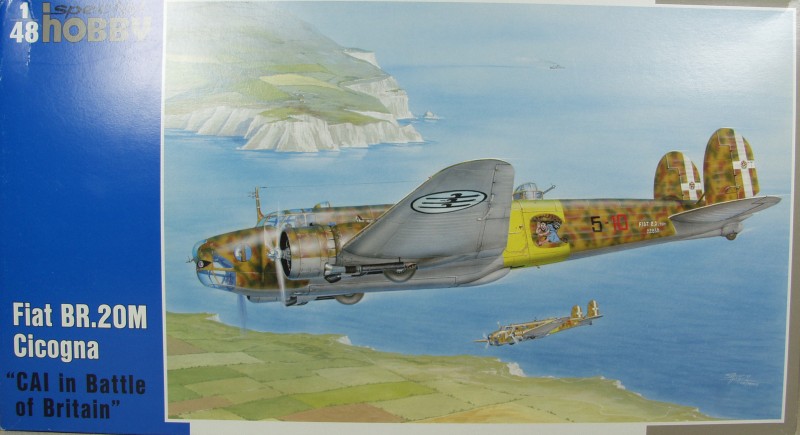
The Special Hobby kit comes in an overly large top open tray type box with a thin top and a bottom half made from thin corrugated cardboard adding some strength to an otherwise flimsy box. The top has some reasonably nice artwork on it. On the inside there is an insert that has a sleeve holding the decals and two small bags containing resin parts stapled to it to keep them safe from the balance of the parts. The rest of the parts are in are in three resealable bags, one large with the wings, fuselage and tail parts, one medium sized bag with the balance of the parts except for the clear parts and a smaller bag with just the clear parts. The main parts are molded in a gray color and the finish is smooth and varies from glossy in places to matte in others. Much of the aircraft is covered in fabric and Special Hobby did a good job capturing this in a subtle manner. The molding is good for a low pressure injection molded kit, there is some flash present. The surface detail where the areas are metal feature fine recessed panel lines which are mostly uniform. I found a couple places where they disappear that will need to scribed. The sprue attachment points are heavy in some places. The control surfaces are all molded in the neutral position and as is the case on many short run kits the demarcation line for these could stand to be scribed a bit deeper. Looking over the main air frame I only found a couple defects. One was near the nose on the starboard side. Not really a sink recess, more like some sort of plastic flow anomaly. Not all that deep but it will need to be filled. as one might expect with this type of kit the mold separation lines are heavier than on most main stream kits and that is true here as well.
From a detail standpoint the cockpit had all the basics but not a whole lot more. The interior of the fuselage has some structural detail molded inside and there is a filler piece for the recess where the wing fits. There are several floor sections, one for the bombardier with a seat, the fight deck for the pilots and another section behind the flight deck with some partitions and an access hole for the ventral gun station. Except for a couple fuel tanks and a seat there is not much between the flight deck and the rear turret, not that anything in there would be seen much anyway. The turret is pretty basic but I suspect the real one was as well. This is the second release of this kit and since the major difference between them was the nose section this is a separate piece with a joy that goes with getting the parts to line up. The engines and exhausts are all resin parts, separate cylinders that mount to the crankcase. I suspect it would look better with some push rods and ignition wiring but that will be up to the builder. The propellers are the multi part type. The blades are not keyed so you are on your own to set the pitch. The wheels are in halves and not weighted but they do have separate rims to ease the painting chore. There is no detail in the gear wells but you are not going to see much of it anyway. Once the main assembly is complete there are a lot of fiddly bits to added. Control horns for the ailerons are supplied but you must supply the actuator rod. Rudder actuators, mass balances antenna masts, loop antenna, air turbines, navigation lights, lots of things to keep you busy. OK, lets look at the parts.
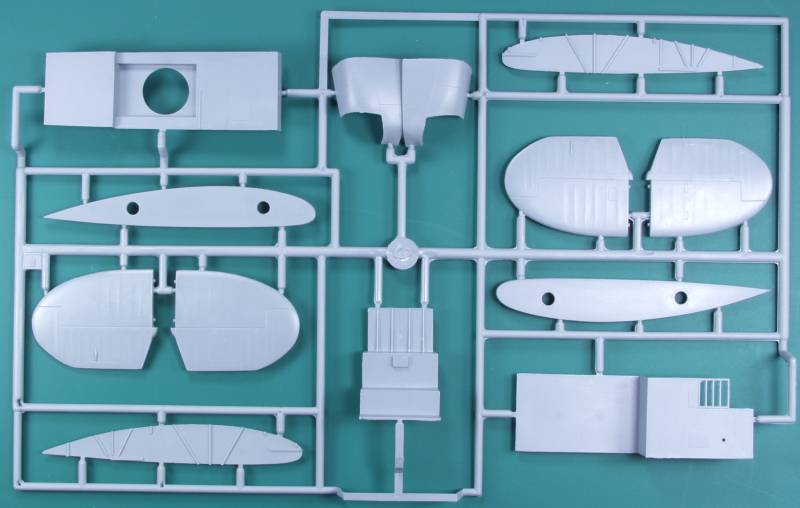
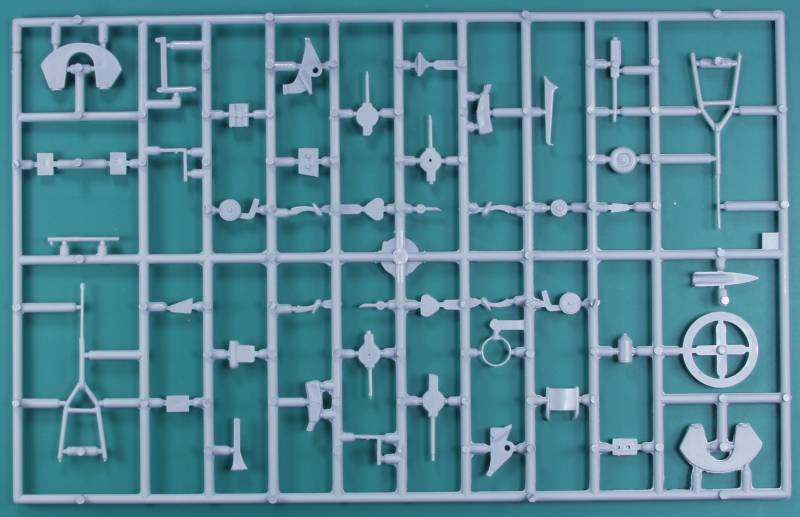
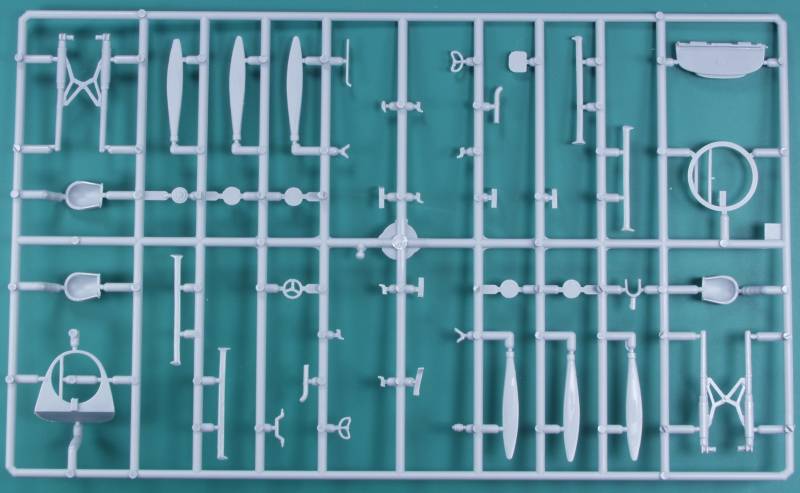
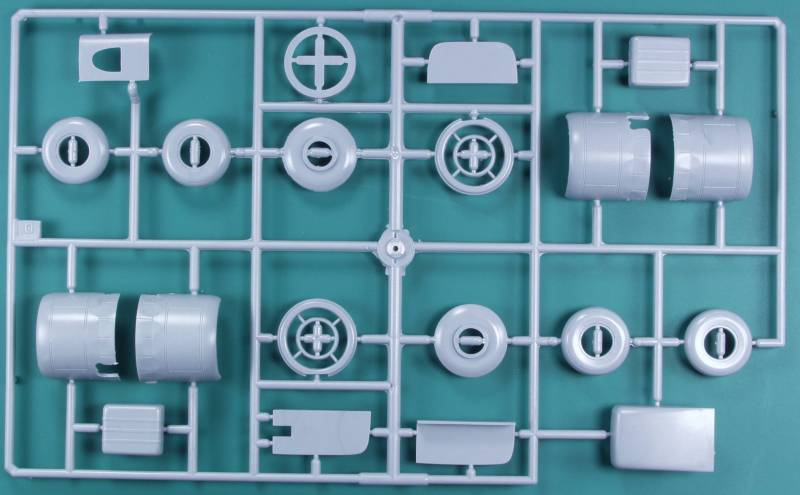
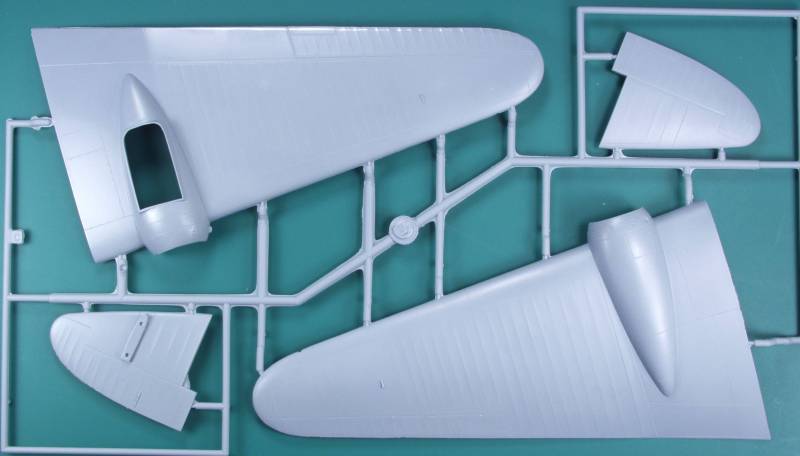
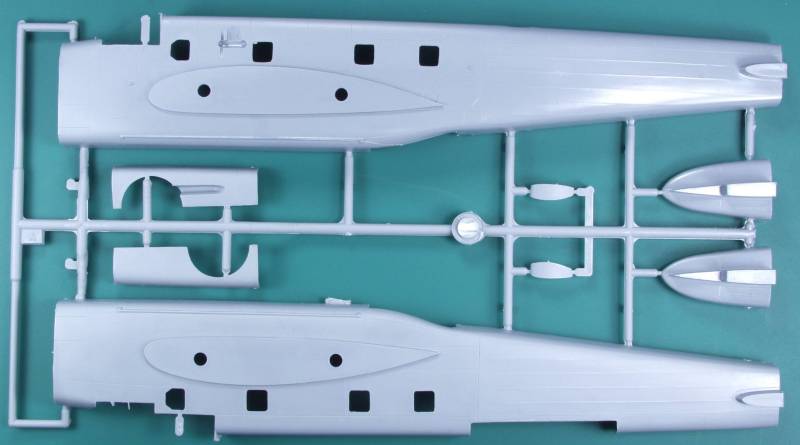
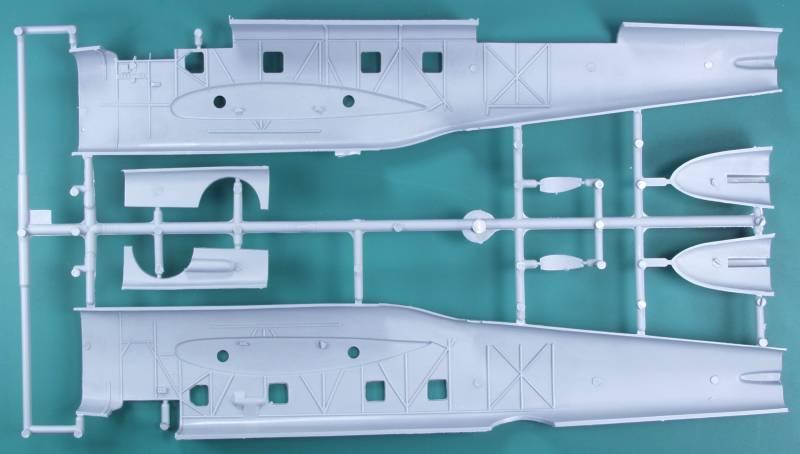
The resin parts are nicely cast and I found no obvious defects on any of them. Included are the propeller hubs, wheel hubs, engine crankcase and cylinders, engine exhausts, bombardiers seat and some other interior parts.
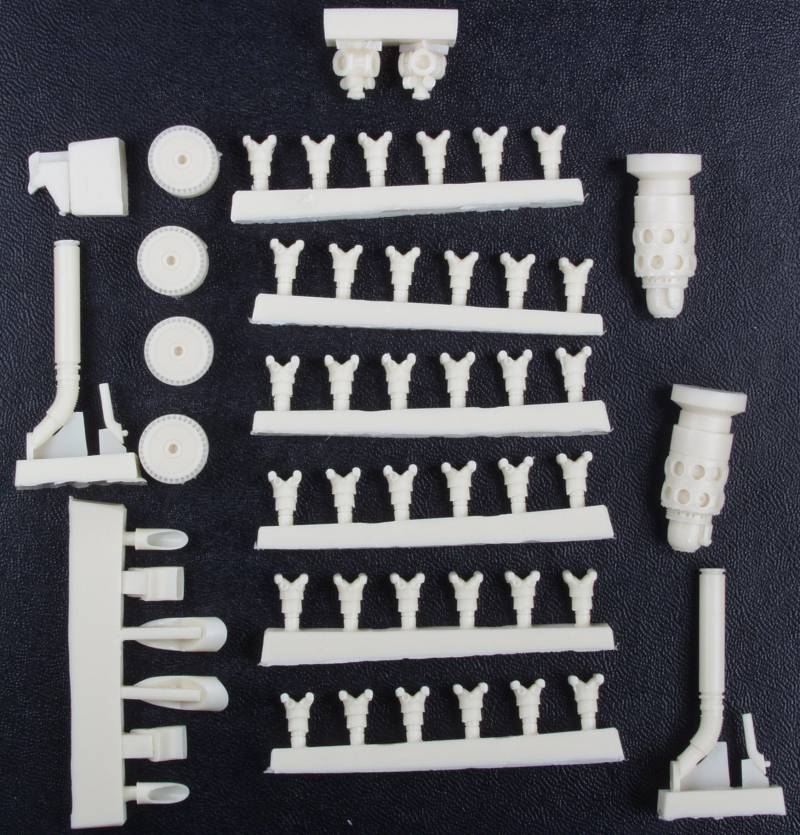
A small fret of photo etch provides some control surface actuators.
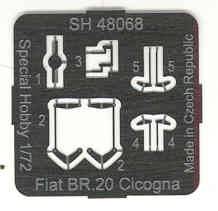
The clear parts are thin but not as clear as they could be with some optical distortion apparent, a dunk in Future should help. Since part of the nose on the 20M was clear Special Hobby molded the entire nose clear but one still has to fit two other clear pieces to it.
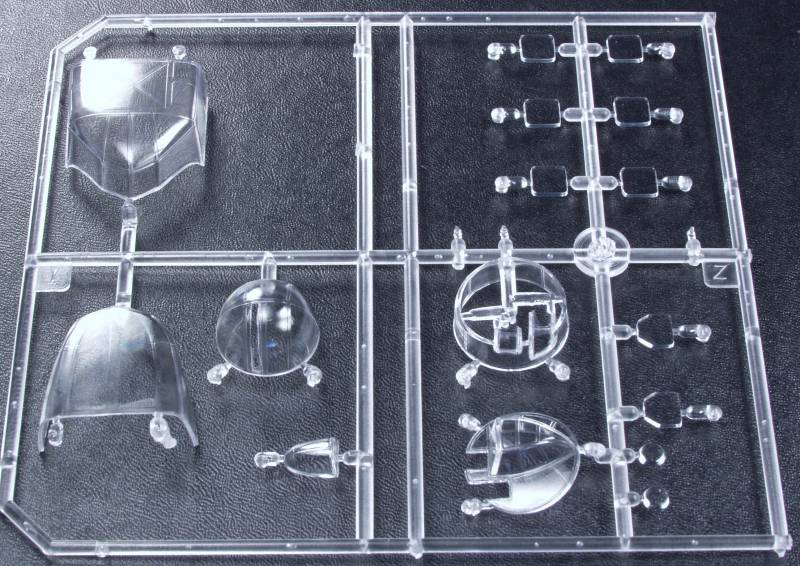
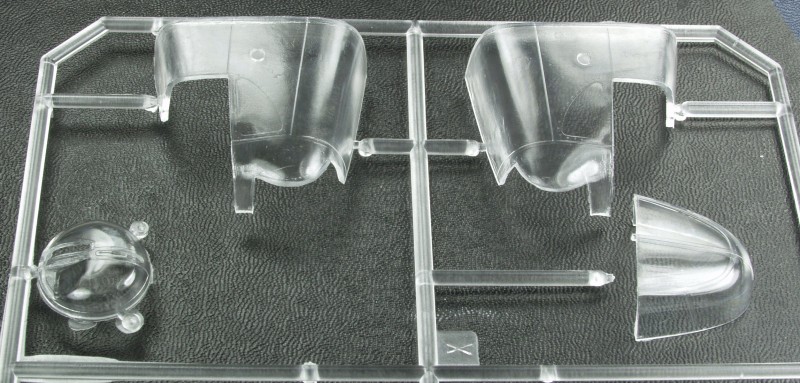
The decals are thin and glossy without a lot of excess film. everything looks pretty opaque with the exception of the white rudder crosses which do not look all that opaque. I have had very good luck using Special Hobby decals in the past and will assume these aren't any different. Markings supplied will do five different aircraft from different groups.
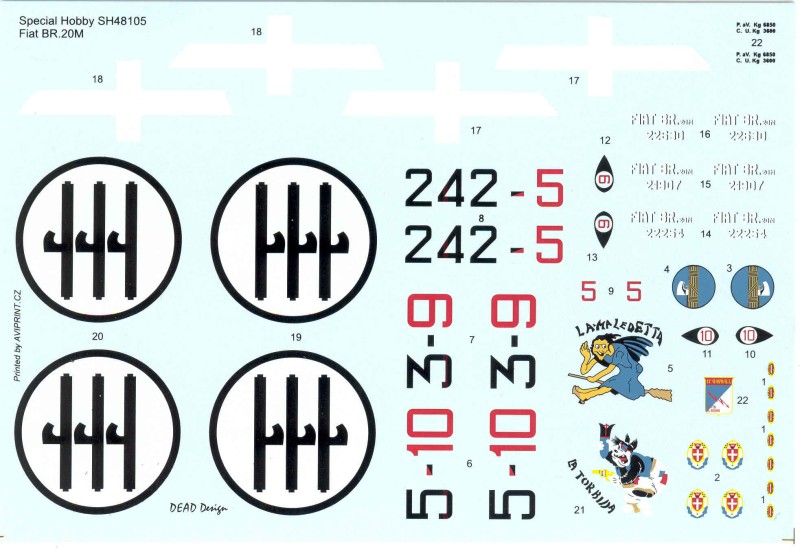
The
instructions
are a large 14 page booklet that is not stapled.
Page one
is history and specifications in English and
Czech, pages 2 and 3 are
parts map and icon chart, assembly starts on page
3 and continues
through page 9. The last three pages are painting
and marking diagrams.
As is the case with most Italian aircraft the
paint schemes can be
quite challenging. The camouflage schemes can be
down loaded in color
from www.cmkkits.com. Color call out
are all though the
assembly with a color chart on page 5 with paint
names and Gunze
numbers.
After Market
Goodies
The only thing I have for this kit is an Eduard Zoom set issued for the first release. a mask set was released for the first kit but it would need to be different for the M kit and to the best of my knowledge Eduard never released one for the M.
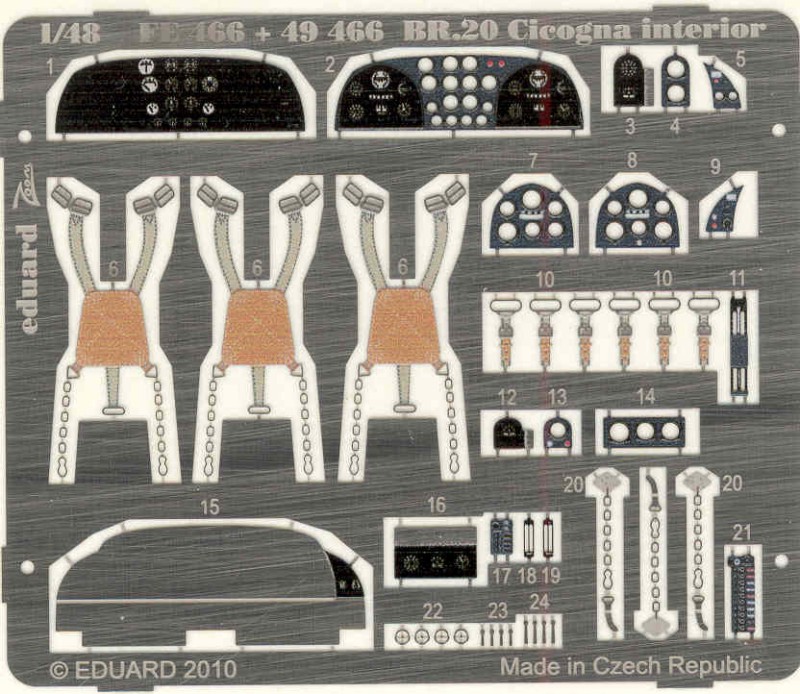
Conclusions
This is a typical short run kit from Special Hobby albeit a big one, while they are getting better they still require the usual test fitting as well as dealing with parts that just don't fit regardless. Between fit issues and complex Italian paint schemes I can't recommend this kit to anyone but experienced modelers.
Links to kit build or reviews
Another in box review can be found here.
References
Aircraft in Focus - Fiat BR. 20 but Pawel Babinski.
Licttorian Fasces over England by Marek Sobski